When it comes to serious strength training, a weight lifting belt can be a game-changer. But finding the right size isn't as simple as grabbing one off the shelf and heading to the squat rack. The size and fit of your belt significantly impact your performance, comfort, and most importantly, your safety. So, what size weight lifting belt should you get? This comprehensive guide will walk you through everything you need to know.
Why Belt Size Matters
A lifting belt is more than just a gym accessory. It provides support to your core and lower back, helping to stabilize your spine during heavy lifts like squats, deadlifts, and overhead presses. When the belt fits correctly, it allows you to generate more intra-abdominal pressure, which in turn supports heavier lifts with better form.
But if the belt is too loose or too tight, it can do more harm than good. A loose belt won't offer enough support, and a tight one may restrict breathing and mobility. That's why choosing the right size is crucial.
How to Measure Yourself for a Weight Lifting Belt
Measuring your waist correctly is the first and most important step. Here's how to do it:
- Use a flexible measuring tape.
- Measure around your torso at the point where you will wear the belt, usually around the navel or slightly above.
- Don't use your pants size! Pants sit lower on your hips and have nothing to do with your lifting belt measurement.
- Pull the tape snug but not too tight—you should still be able to breathe comfortably.
General Weight Lifting Belt Size Chart
While different manufacturers may vary slightly, most belts follow a general sizing guideline:
| Size | Waist Circumference (inches) |
|---|---|
| XS | 22" - 27" |
| S | 27" - 32" |
| M | 31" - 36" |
| L | 35" - 40" |
| XL | 39" - 44" |
| XXL | 43" - 48" |
Make sure to consult the specific size chart of the brand you're buying from, but use this as a baseline.
Types of Weight Lifting Belts and Their Fit
The type of belt you choose also affects the sizing and fit. Here are the main types:
Powerlifting Belts
- Typically 4 inches wide all around
- Very thick (10mm or 13mm)
- Offer maximum support and stability
- Fit tightly around the entire torso
Bodybuilding Belts
- Tapered design (wider at the back, narrower at the front)
- More comfortable for dynamic movements
- Easier to breathe and move in
Velcro Belts
- Lightweight and flexible
- Easy to adjust
- Best for general fitness and CrossFit-style training
Signs of a Proper Fit
Once you get your belt, trying it on correctly is key. Here's what to look for:
- It should feel snug, not suffocating.
- You should be able to fit 1-2 fingers between the belt and your body.
- It shouldn't slide or move during lifts.
- Position it so that it covers your abdominal area and lower back equally.
Quick Test: Take a deep breath and brace your core. If you feel firm pressure from the belt and can maintain tension comfortably, it's a good fit.
Adjusting for Different Lifting Scenarios
Your belt fit might vary depending on the type of lift or your training phase. Here are a few considerations:
Squats vs Deadlifts: Some lifters prefer a slightly different belt position or tightness for each. Experiment and find what works best.
Cutting vs Bulking: Your waist size may change. Choose a belt with multiple holes or easy adjustment mechanisms.
Lever vs Prong vs Velcro:
- Lever belts offer the most consistent tightness but limited adjustability.
- Prong belts (single or double) are more adjustable.
- Velcro belts are most adjustable but least durable under max loads.
Common Sizing Mistakes to Avoid
Avoid these pitfalls to ensure you get the most out of your belt:
- Using pants size as a reference
- Ignoring torso length (some people need longer or shorter belts even with similar waist sizes)
- Choosing based on looks rather than functionality
- Over-tightening (restricts breathing and can hinder performance)
Frequently Asked Questions
Q: What if I'm between sizes?
A: Size down if you prefer a tighter fit or use the belt for heavy powerlifting. Size up if you want more flexibility and comfort.
Q: Can I use the same belt for all exercises?
A: You can, but many serious lifters prefer different belts for different lifts or phases of training.
Q: How long does it take to break in a leather belt?
A: Expect 2-4 weeks of regular use. You can speed up the process by rolling and flexing it manually.
Conclusion
Getting the right size weight lifting belt is essential for maximizing your lifting potential while protecting your body. Measure correctly, understand the types of belts available, and test the fit before committing to a specific size. The right belt should feel like an extension of your core—supportive, secure, and almost unnoticeable during lifts.
Don't rush the process, and always prioritize function over form. With the right size and type, your belt can help you lift more safely and confidently than ever before.
Check out our top-rated collection here and find the perfect fit to elevate your strength game!
Bonus Tip: When buying online, check the return and exchange policy in case the size doesn't work out.
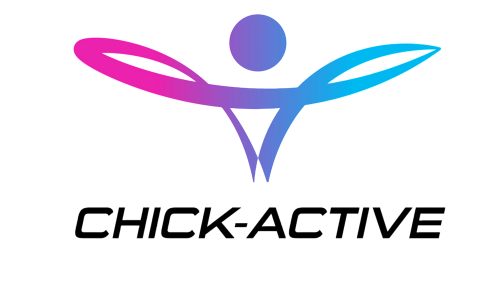
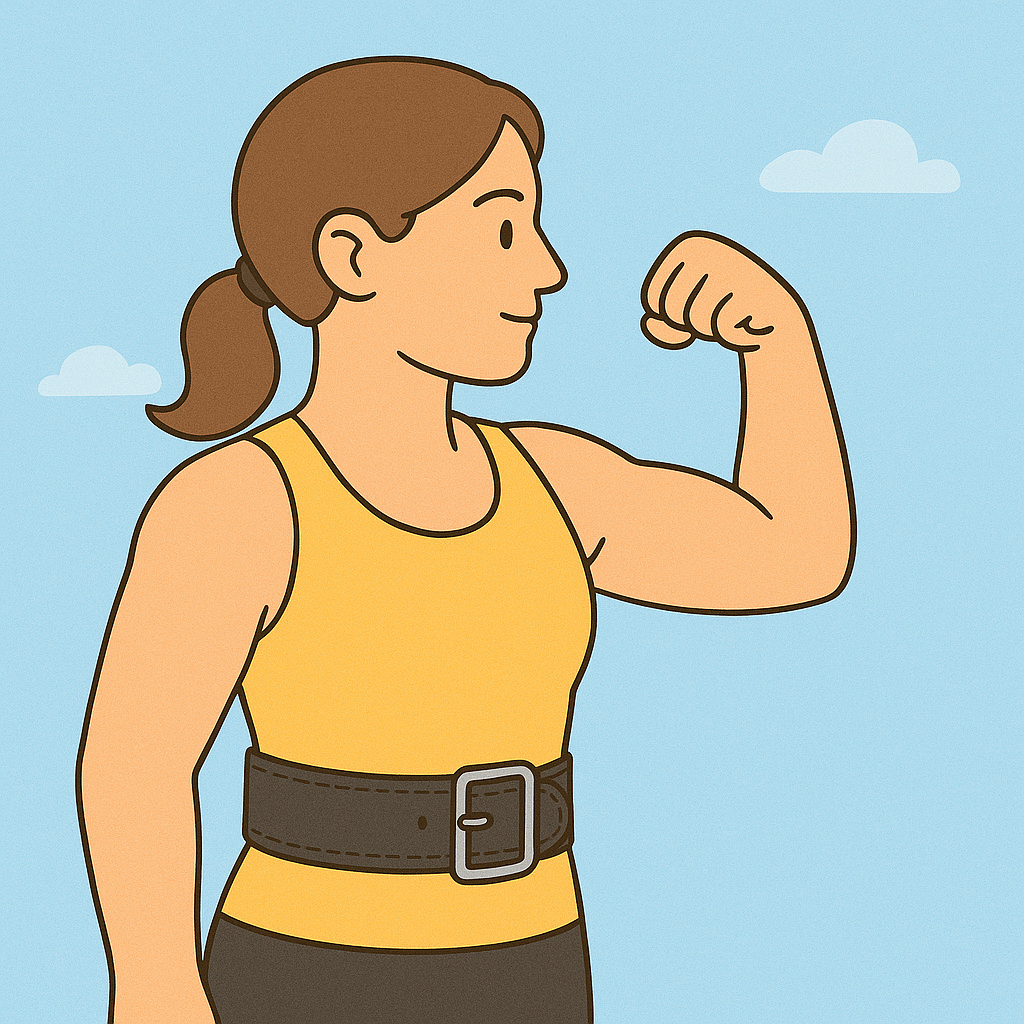
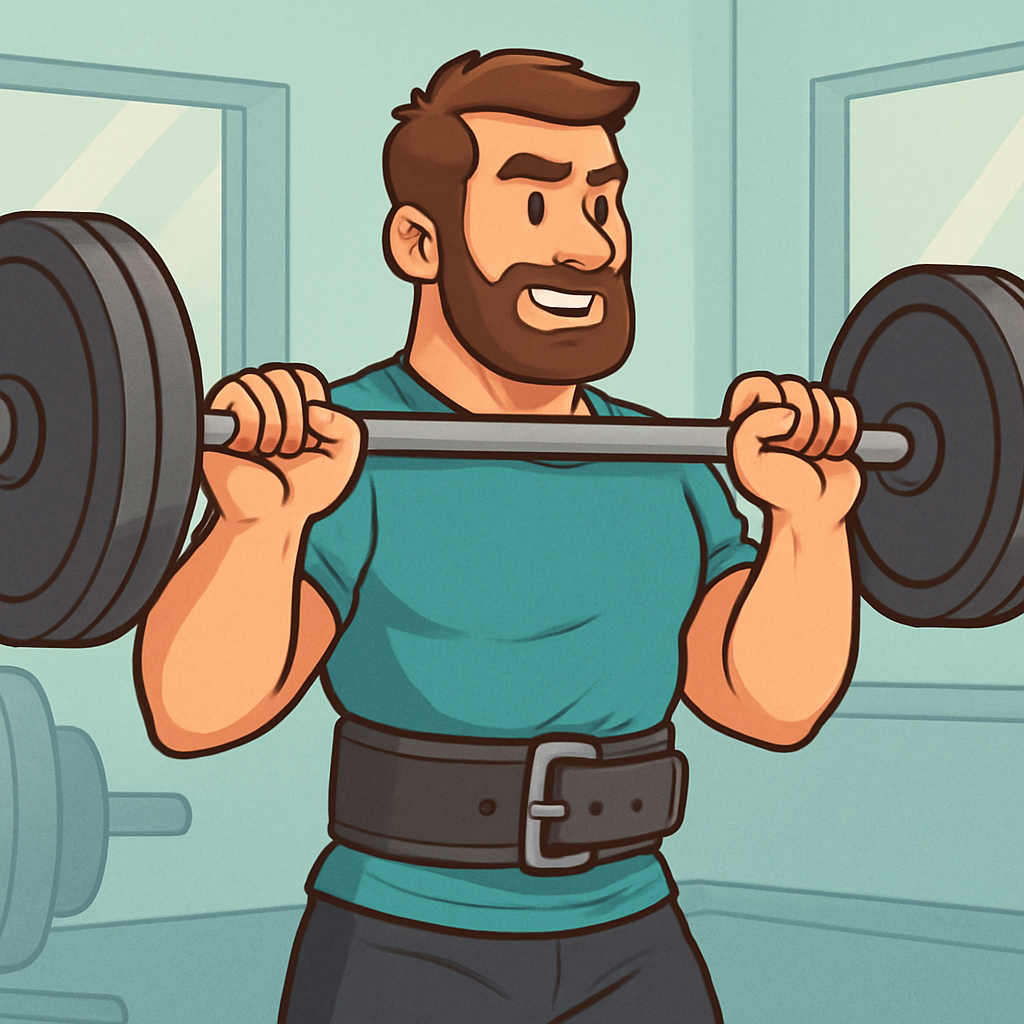
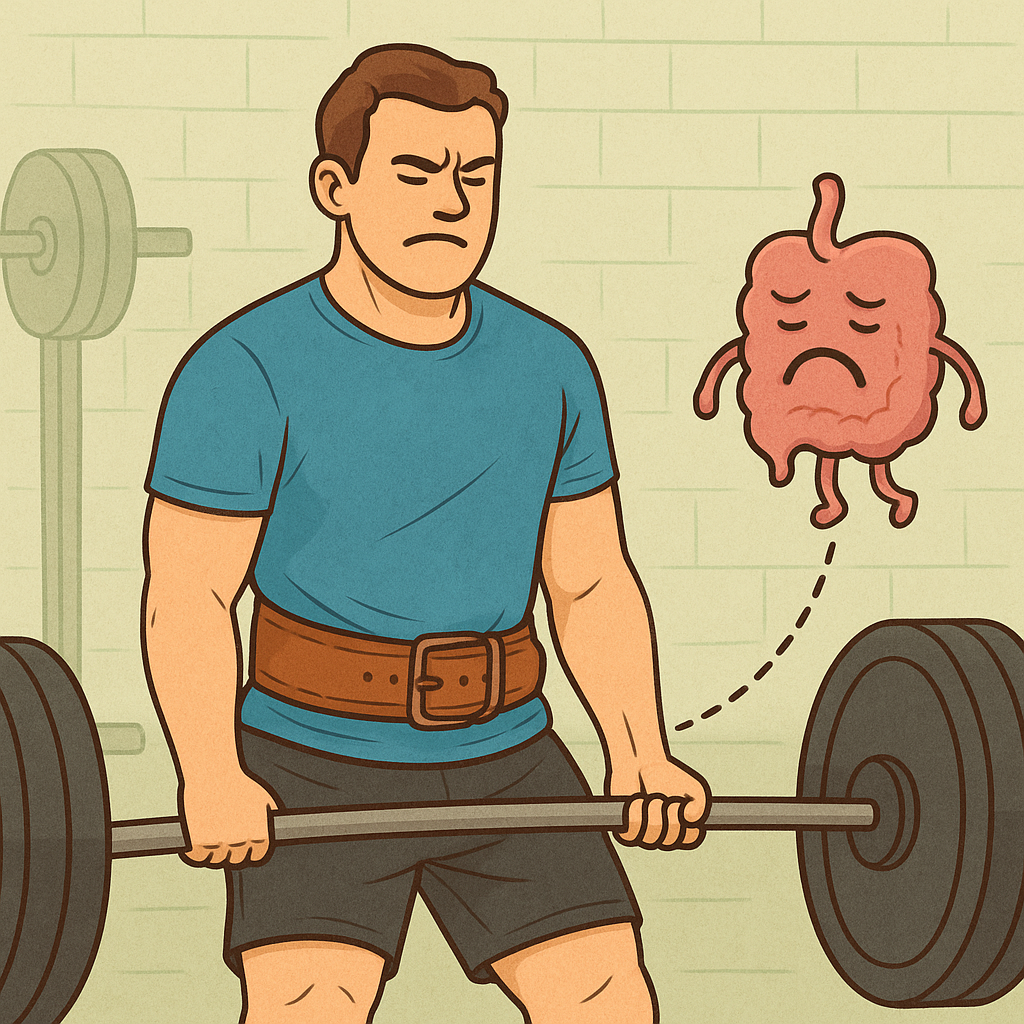
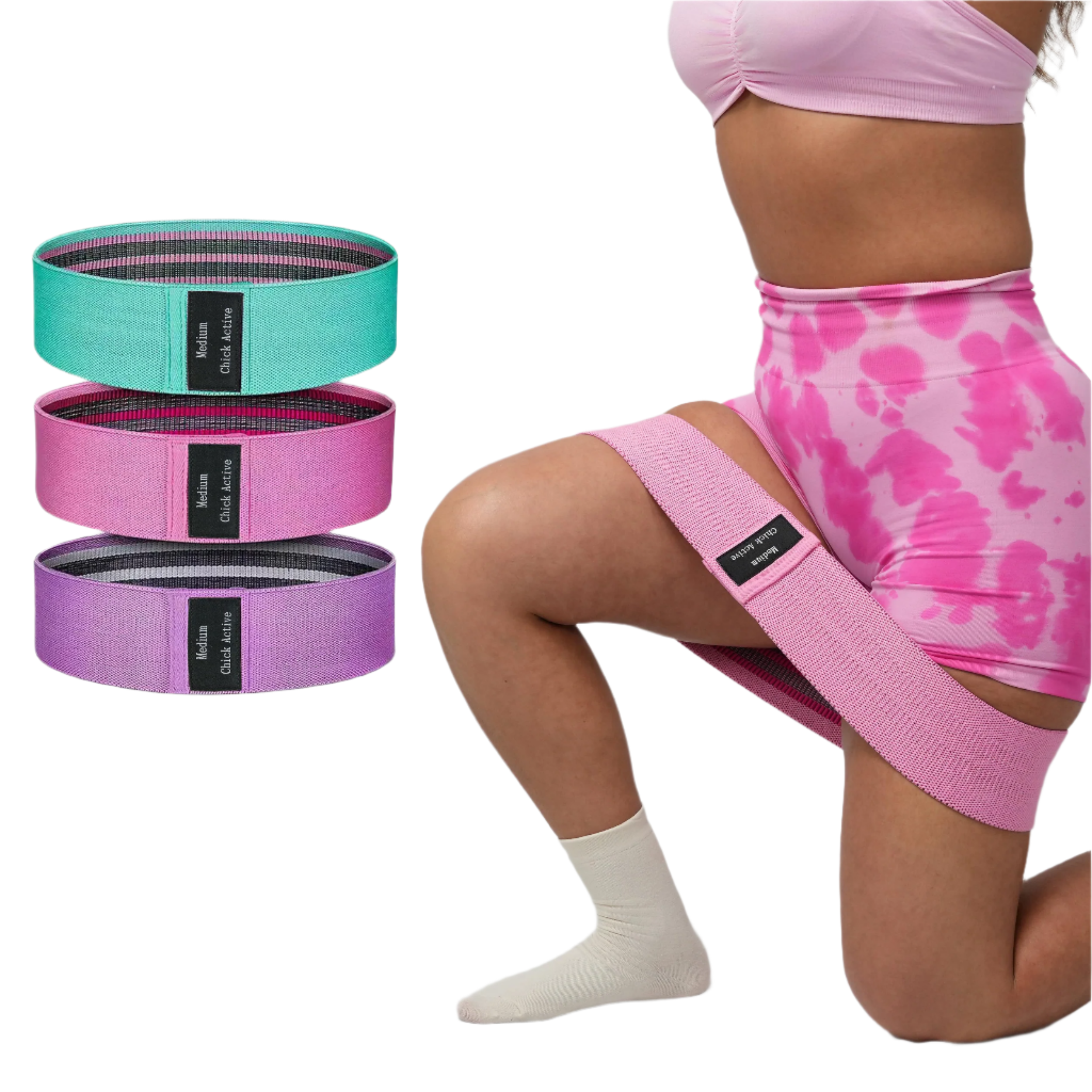
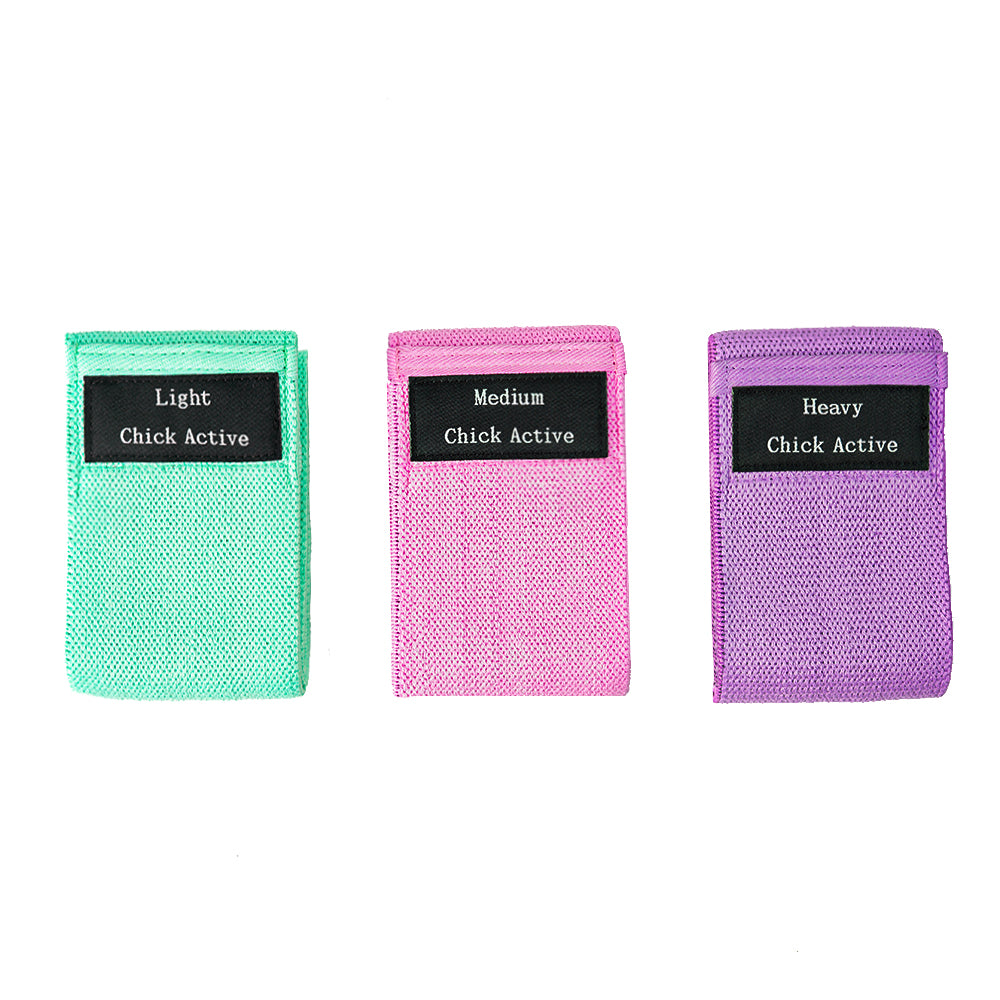
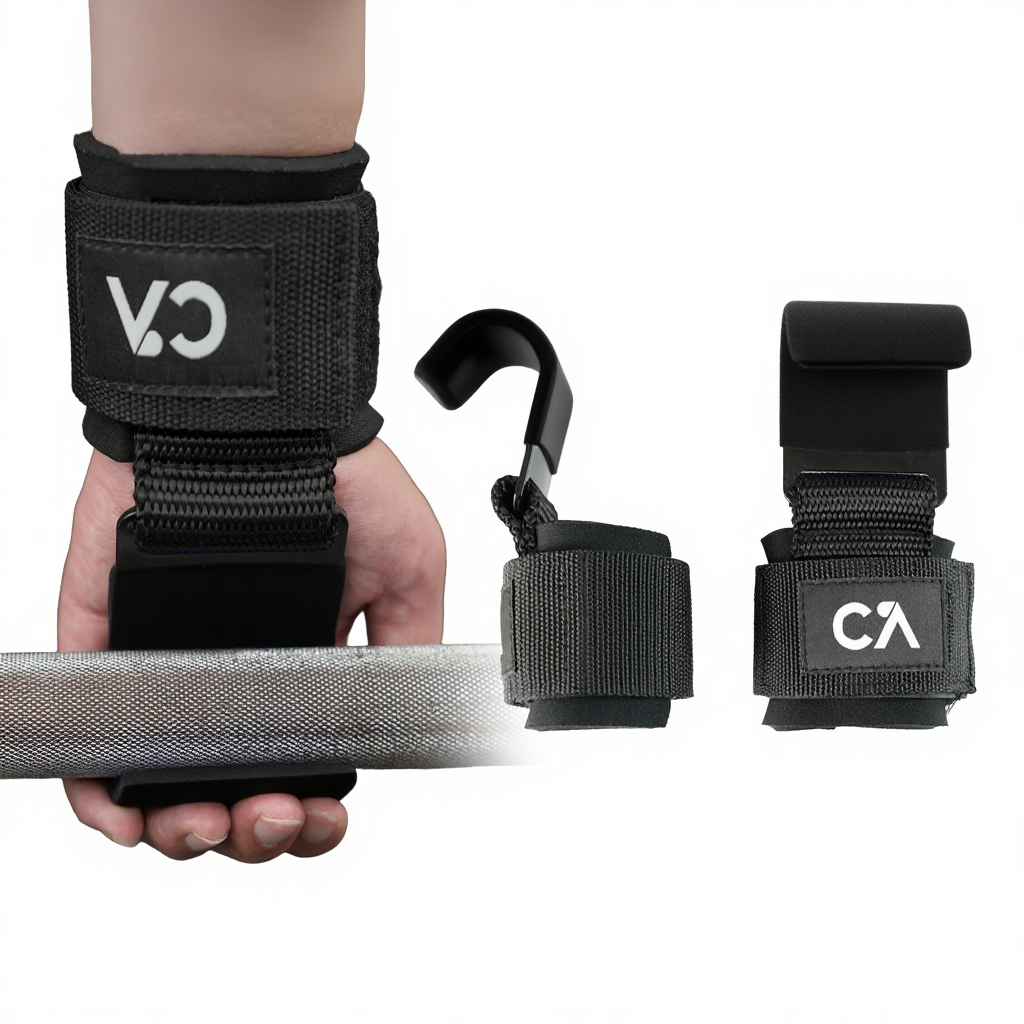
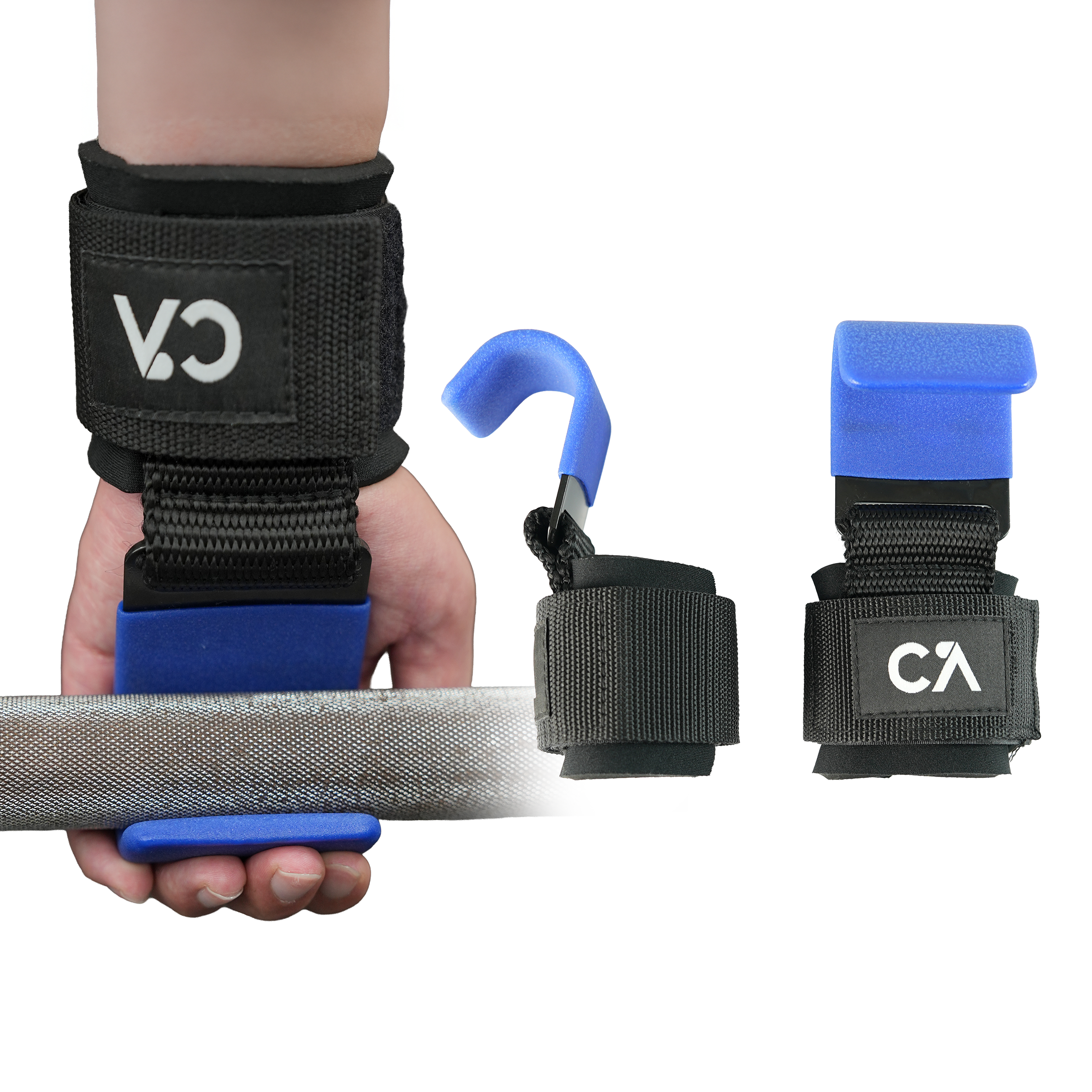
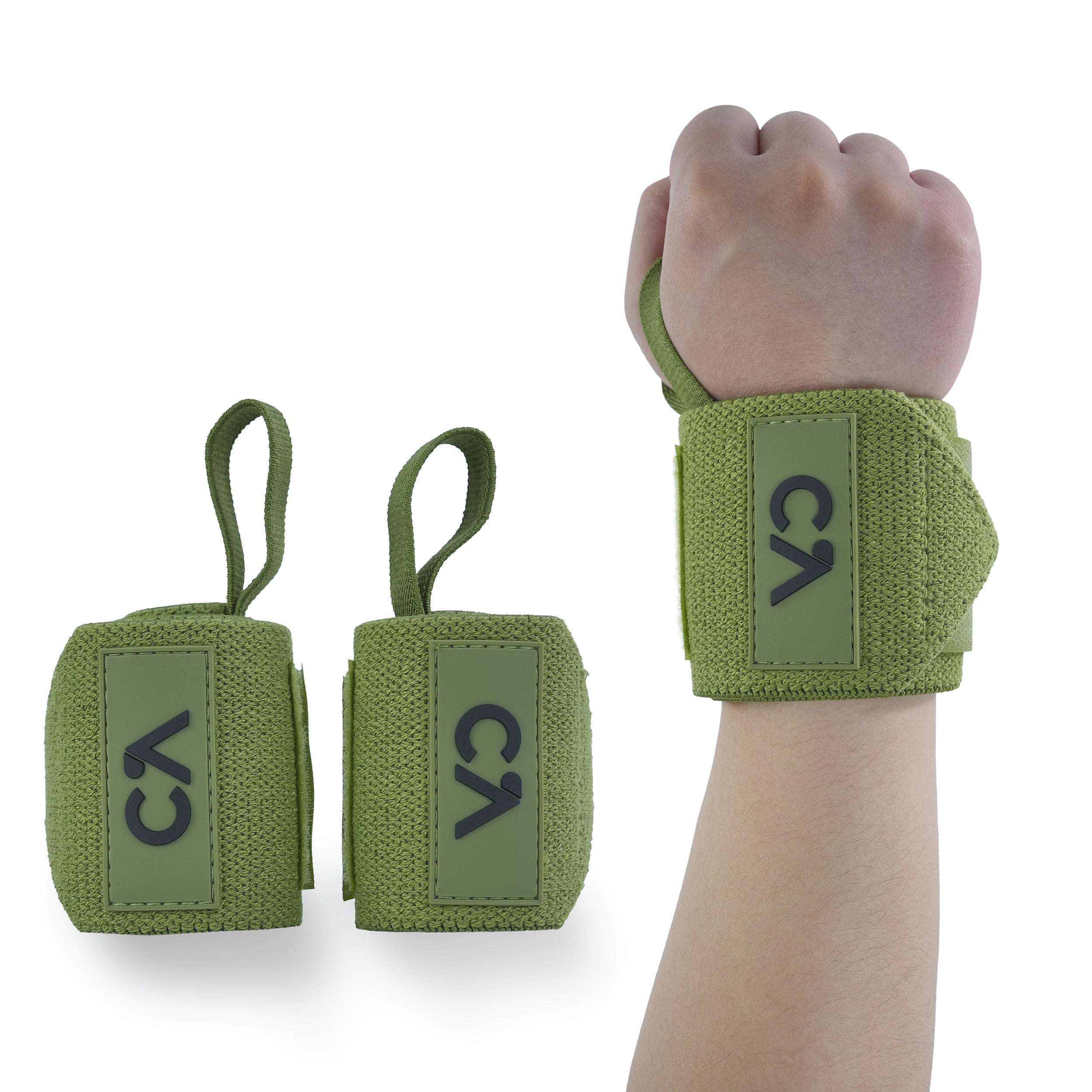
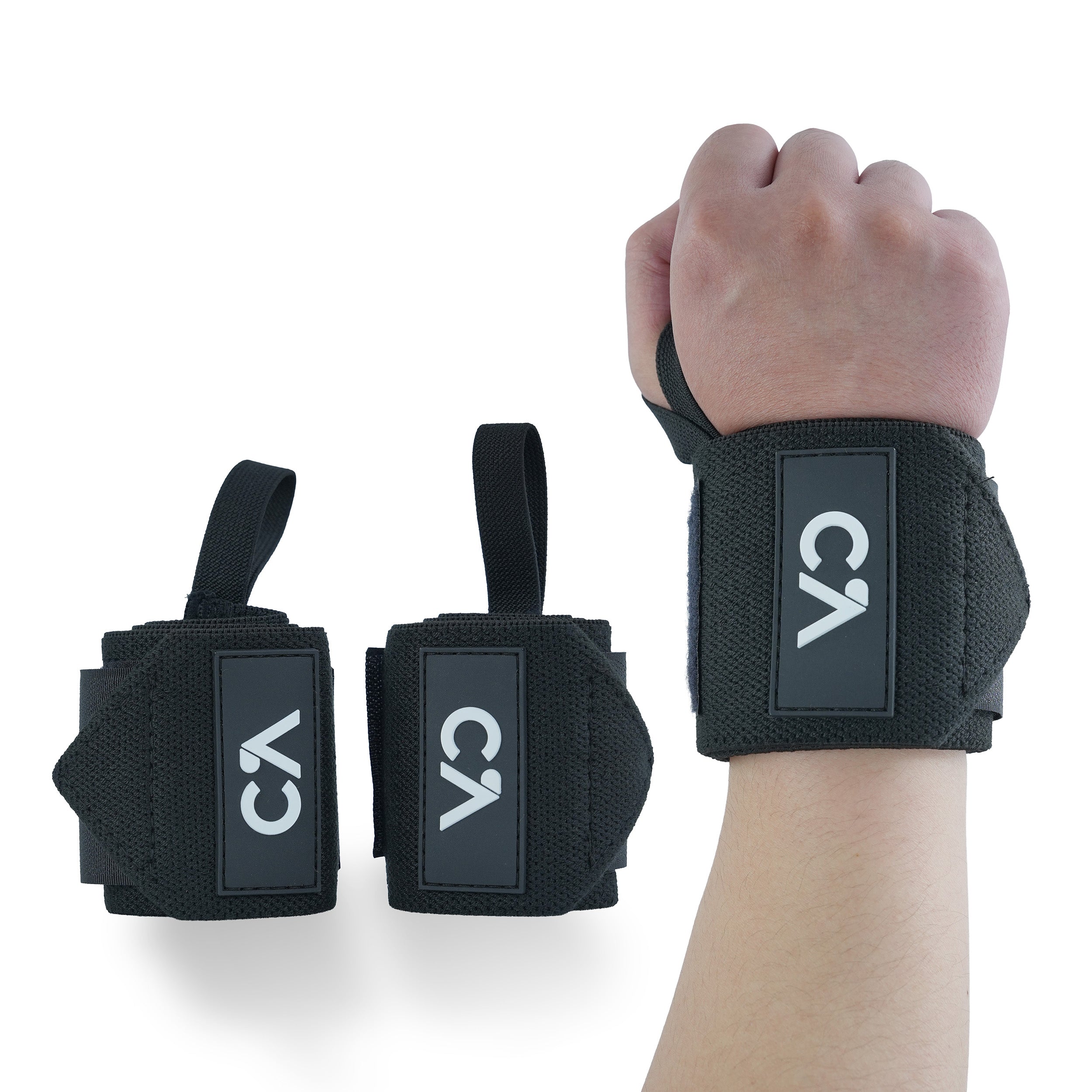
Leave a comment
All comments are moderated before being published.
This site is protected by hCaptcha and the hCaptcha Privacy Policy and Terms of Service apply.